About The Book
The importance of mangrove forest came to limelight after the tsunami on the fateful morning of 26th December, 2004. In recent times, another coloured feather has been added to the crown of forest is the phenomenon of carbon sequestration. In this context, it is important to quantify the stored carbon in different floral species of the forest to justify their conservation. This book is a humble attempt to quantify the pools of carbon in dominant mangrove species inhabiting Indian Sundarbans, which is one of the most biologically productive and taxonomically diverse ecosystems of the tropics. The logic behind selecting such topic is undoubtedly the phenomenon of climate change, which is the bitter truth of the present era with an inevitable adverse impact on the future world. In addition to this, the present book covers the cutting edge research articles on mangroves, which are based on the ground level information and documentation collected by our dedicated team of ecologists. Written in a very simple language with logic behind every discussions, we hope that the readers will certainly follow the track of caring climate, environment and people with the tunes of conservation and sustainability. The book will also act as the ready reference for knowing more about mangrove forests and climate change and a chapter on bibliography (Chapter 9) is totally devoted for this purpose. The authors acknowledge the support of the project “Vulnerability Assessment and development of adaptation strategies for Climate Change impacts with special reference to coasts and island ecosystems of India (VACCIN)” for undertaking the field works in the remote islands of Indian Sundarbans.
Table of Contents
Chapter 1: Mangroves: Definition and Adaptation to Salty Environment
Chapter 2: Ecosystem Services of Mangroves and Associate Flora
Chapter 3: Role of Mangroves in Carbon Sequestration
Chapter 4: Stress Operating on Mangrove Ecosystem
Chapter 5: Conservation of Mangrove Ecosystem
Chapter 6: Coupling Mangrove Ecosystem with Integrated Coastal Zone Management (ICZM)
Chapter 7: Mangrove-centric Job Opportunities
Chapter 8: Research Articles on Mangroves
- 8.1. BIOACCUMULATION OF HEAVY METALS IN GREEN SEAWEED Enteromorpha compressa: A CASE STUDY FROM CENTRAL SECTOR OF INDIAN SUNDARBANS
- 8.2. IMPACT OF COOKING PROCESS ON HEAVY METAL LEVELS IN EDIBLE FISHES
- 8.3. MICROBIAL LOAD IN SHRIMPS OF INDIAN SUNDARBANS
- 8.4. SOIL CHARACTERISTICS OF INDIAN SUNDARBAN MANGROVES
- 8.5. CAN PHYTOPIGMENT AND PROLINE LEVELS OF Rhizophora mangle SEEDLINGS ACT AS PROXY TO AMBIENT SALINITY?
- 8.6. CLIMATE CHANGE RELATED PROXIES IN INDIAN SUNDARBANS
- 8.7. COMMUNITY STRUCTURE OF INDIAN SUNDARBAN MANGROVES IN THE LOWER GANGETIC DELTA
- 8.8. HORSESHOE CRAB: AN UNTAPPED MANGROVE FAUNAL RESOURCE WITH PHARMACEUTICAL APPLICATIONS
- 8.9. TOLERANCE OF MANGROVES TO HYPERSALINE CONDITION
- 8.10. NUTRITIONAL VALUES OF MANGROVE FRUIT BASED JELLY
- 8.11. ALTERATION OF AQUATIC pH IN EASTERN INDIAN SUNDARBANS: A FIRST ORDER ANALYSIS OF CLIMATE CHANGE INDUCED ACIDIFICATION
- 8.12. IMPACT OF A SEVERE TROPICAL CYCLONE (AILA) ON THE WORLD HERITAGE SITE OF INDIAN SUNDARBANS
- 8.13. INTEGRATED COASTAL ZONE MANAGEMENT: A CONCEPT WITH RESPECT TO INDIAN SUNDARBANS
- 8.14. MANGROVE LITTER PRODUCTION: A PROCESS OF IMMENSE ECOLOGICAL VALUE
Chapter 9: Climate-Mangrove Bibliography: National and International
Only logged in customers who have purchased this product may leave a review.

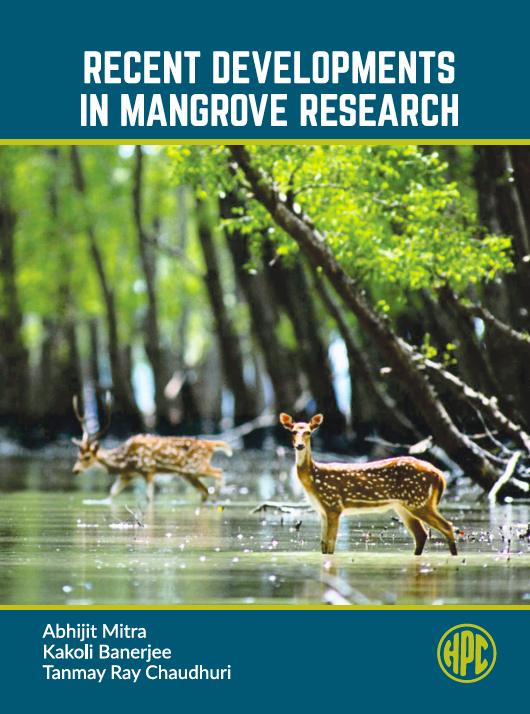

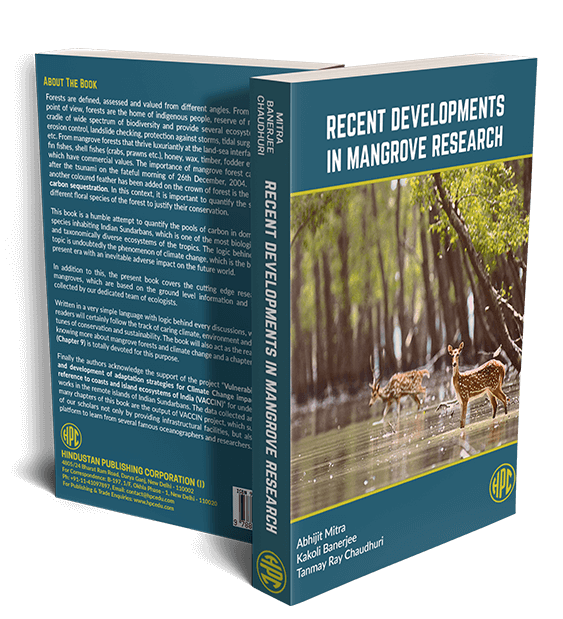
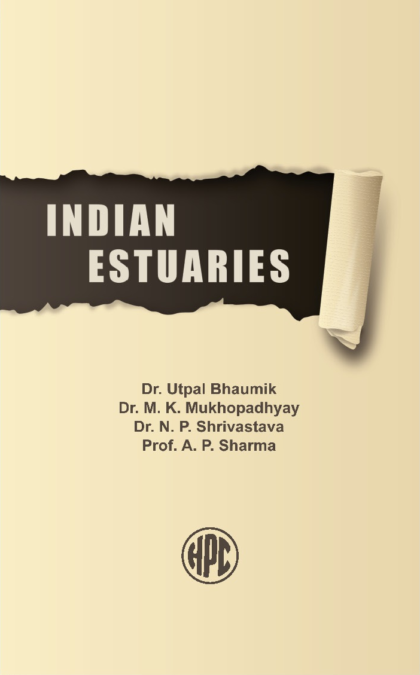
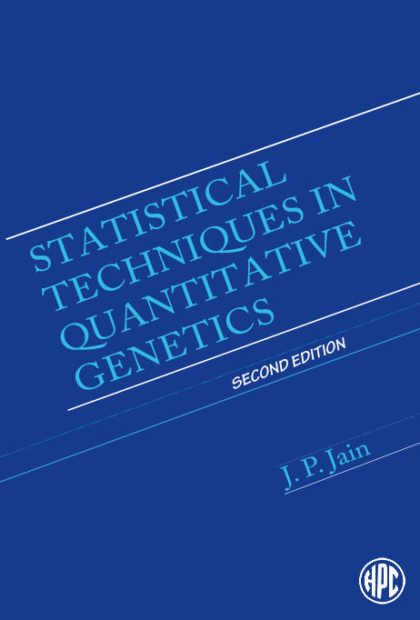
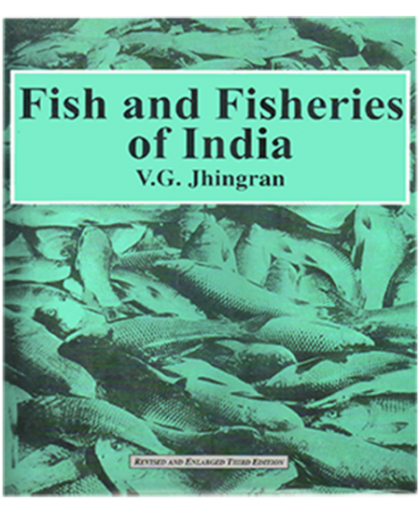

Reviews
There are no reviews yet.